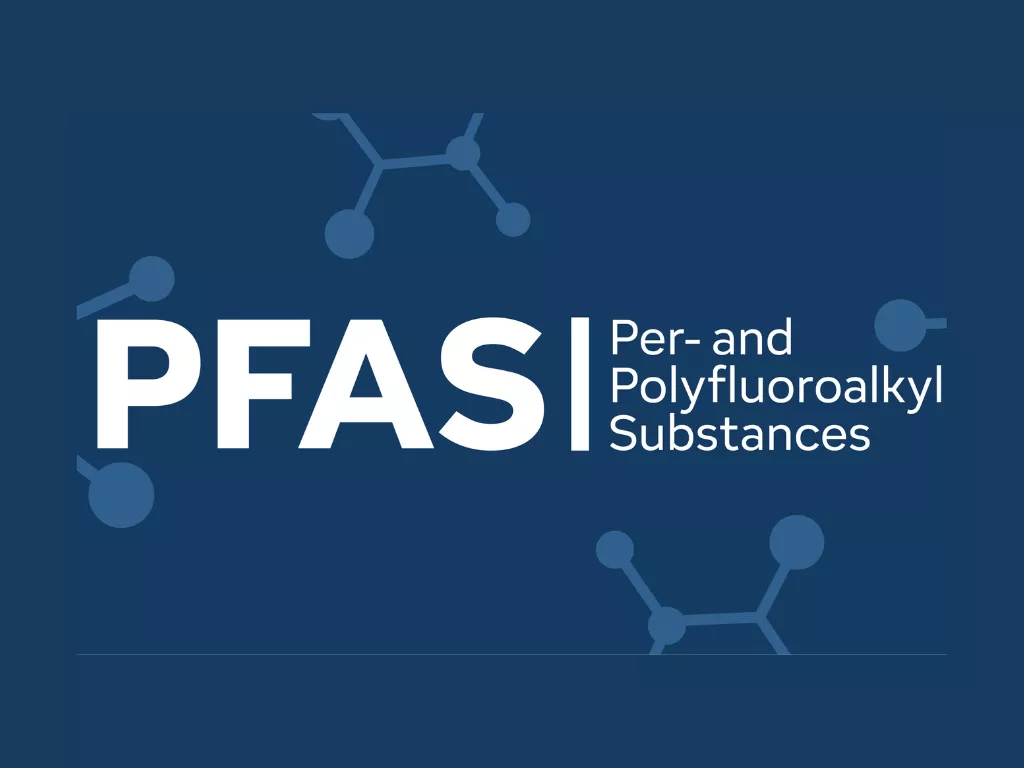Implementing interoperability and patient access
This is our first blog in a new Healthcare and Life Sciences series where we talk about different technology-related aspects of the healthcare industry. This blog examines the need to share Electronic Health Information (EHI) data with the patient, healthcare providers, and public health officials.

It is particularly important in the midst of the current pandemic situation that the availability of data and new technology will help identify trends in symptoms, mortality rates, recovery period, and corresponding relationships between a virus, drug efficacy, and other factors across different hospitals and geographies. This increases the possibility of the discovery of a vaccine and a cure.
Access to your health information
In the US, the Cures Act Final Rule has been released to enable patients access to their healthcare information through a seamless, secured exchange of data between various third party providers and payers. This should unleash new innovation, and address concerns about blocking access to personal information held. It calls on providers/payers to exchange information in standard formats using APIs - Fast Healthcare Interoperability Resources (FHIR) without compromising on security and privacy of the patient's information.
Providers and Payers are required to either enhance their existing IT systems or build new ones to comply with the final rules by the new extended deadline of July 1, 2021, or risk enforcement action. Providers would be required to ensure smooth and consistent information sharing, such as sending of event notifications about patient admission, discharge, and transfer to other providers as mandated by Centers for Medicare & Medicaid Services (CMS). Providers or intermediaries that facilitate the exchange of health information on behalf of other third parties can customize the delivery of data based on the preferences of the receiving provider.
IT support for healthcare
Due to the COVID-19 breakout, providers are overwhelmed and are thinly stretched on resources. With a limited IT team, it would be a challenging task for them to deploy new software solutions, testing it to its limits, ensuring consistency in information sharing, protecting the privacy of the information and data security, and software maintenance.
Unless the healthcare providers' IT team and Healthcare IT vendors start focusing on rebuilding or modifying their software’s foundation to be more modular and driven by standardized APIs, managing evolving healthcare regulations and compliances would be a big problem. The cost of non-compliance is very high (enforcement action) for providers. Even though the implementation deadline has got extended to July 1, 2021, there is so much to be done that even this extension may be short.
Healthcare providers and other intermediaries need to look for reliable healthcare IT partners. The IT partner can augment their talent and efforts in building or modifying existing healthcare systems to comply with Cures Act Interoperability and Patient Access rules from CMS.
We are trusted IT partners for seamless EHI data access and navigate evolving regulations effortlessly. Connect with us.
This blog is written by Devesh Agarwal, General Manager Services at Decos. With a remarkable 23 years of experience in delivering digital solutions, he's a seasoned leader in business transformation across diverse domains, including Healthcare, Financial Services, Securities, and Insurance.
Decos is a cutting-edge technology services partner ready to meet your software needs in the medical domain. If you have a question on one of our projects or would like advice on your project or a POC, just contact Devesh Agarwal. We’d love to get in touch with you!

Discover more

Revolutionizing Rural Healthcare: How AI is Shaping the Future of Telemedicine

PFAS: How ‘Forever Chemicals’ Impact Medical Devices

